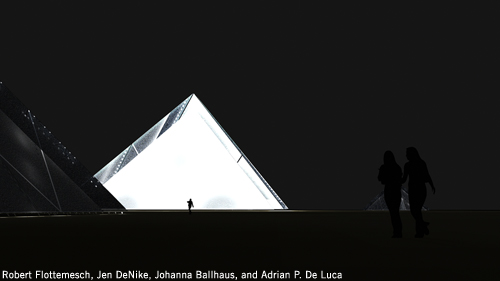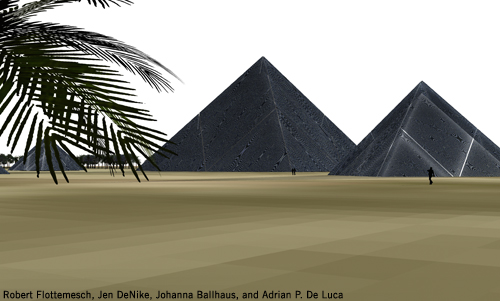Is it possible to have shared and public intellectual infrastructure in the contemporary city? How interesting and truly public can urban open space become, once we (at least in some aspects) overcome the strict barriers of property and privacy which as well restrict every day communication between people. To share books is common, but to have such 'opened libraries' accessible to the public at all times and let the community manage the library on its own, that would be a truly fresh approach to urban planning.
One may argue that letting communities manage such a new sort of 'intellectual commons' may be endangered and impossible because of vandalism or theft. Contrasting to such 'no-go' arguments I want to present you two projects which realize such 'intellectual commons' of different scale and outreach.
One project is the winner of the '
European Prize for Public Space' in 2010. The '
Open-air Library' in Magdeburg, Germany was initiated by the residents themselves to collect and share books. The building, a pavilion with opened and sheltered spaces, was built after a participative process by construction material which was left from an abandoned building. The project was guided by
Karo* and
Architektur+Netzwerk.
In Vienna there is a project with a more focussed outreach, the
'opened book closet' (offener Bücherschrank) with currently two book closets, at Westbahnstrasse and Brunnenmarkt. In the opened book closet the community can share books at no cost. When I was there three people were about to use the closet, two searching for literature and one just busy putting the books into order. The opened book closet was initiated by Frank Gassner and is supported by Werkimpuls.
 |
| Open book closet at Westbahnstrasse, Vienna 1070. |
Let's be curious and see for more such initiatives which can help to render our cities more inclusive, livable and socially just.







































